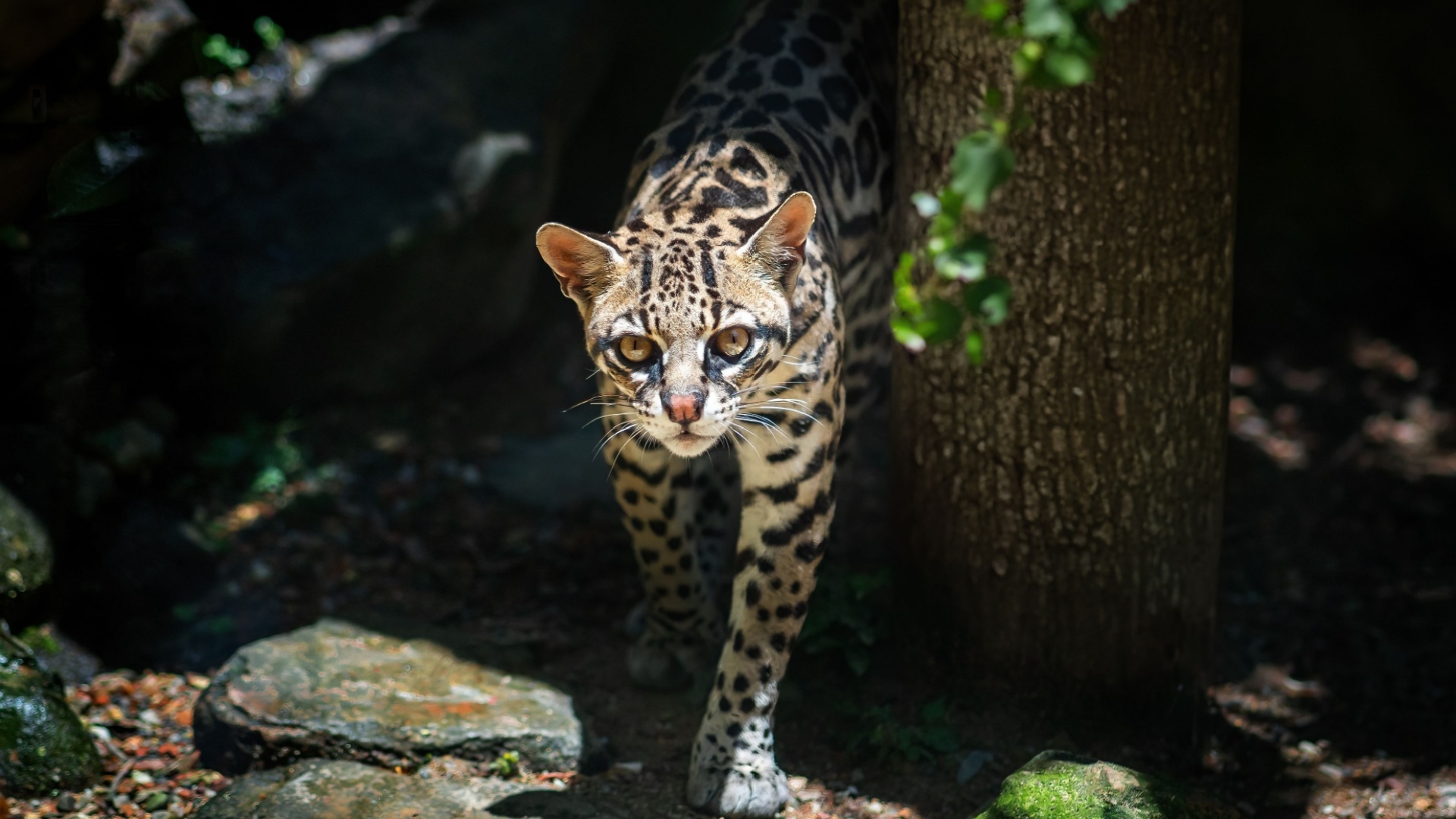Exotic animals often capture our imagination, but not every creature is meant to live alongside humans.
Whether it’s due to their wild instincts, potential danger, or ecological impact, some animals are illegal to keep as pets in the U.S.
These animals are amazing in their own right, but their stories are a great reminder that not every wild creature is meant to be tamed. Let’s explore some fascinating species and discover why they’re better off staying in their natural habitats.
1. Bats – Nature’s Night Flyers
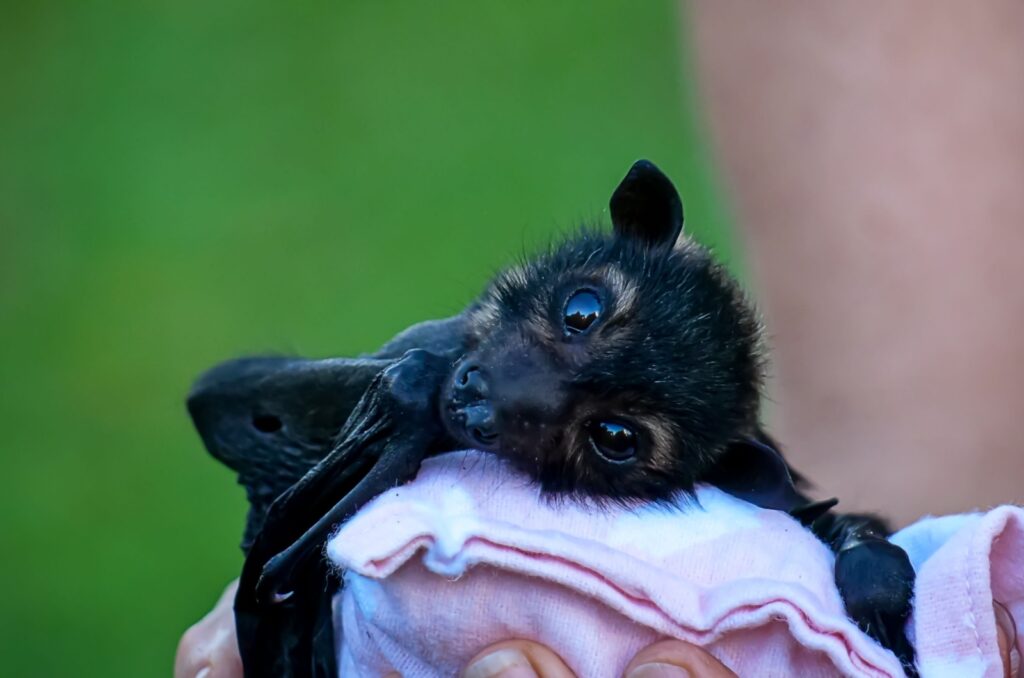
Bats may seem intriguing, especially with their pest-controlling superpowers, but they’re not suitable as pets.
They’re banned because they can carry diseases like rabies, and their social nature means they thrive in colonies, not cages.
Did you know bats can eat up to 1,200 mosquitoes in an hour? As much as they’d be helpful on a summer night, these nocturnal wonders belong in the wild skies.
2. Skunks – Cute But Controversial
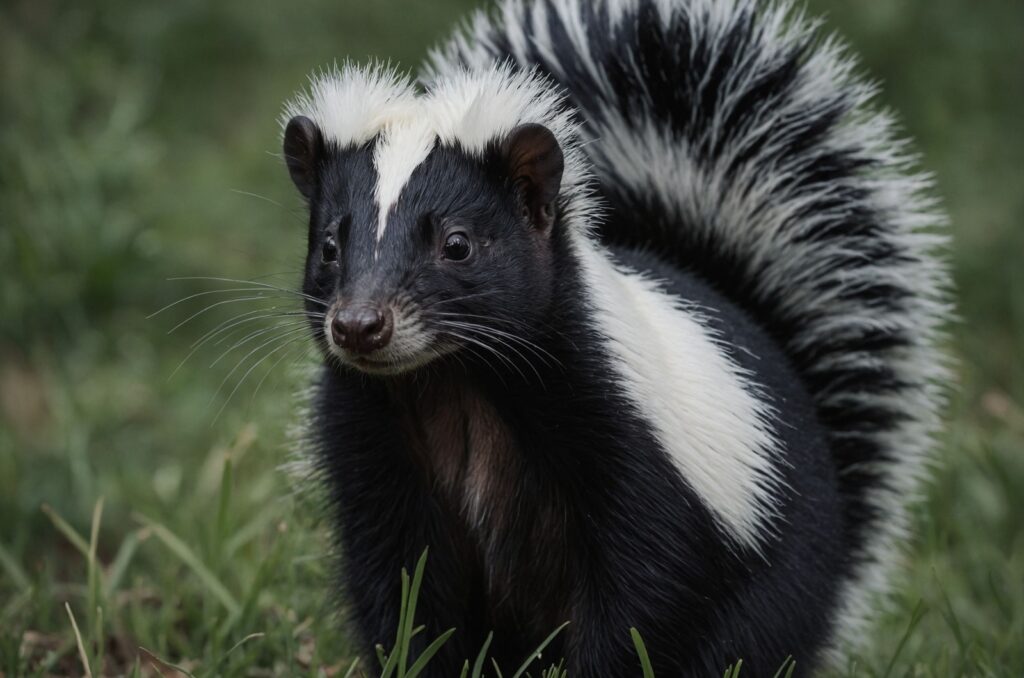
With their adorable faces and fluffy tails, skunks might seem like charming pets, until you consider their signature defense mechanism. A skunk can spray its noxious scent with pinpoint accuracy up to 10 feet!
Even though some people try to domesticate them, skunks remain banned in many places due to their potential to carry rabies and their penchant for leaving lasting impressions (and smells).
3. Raccoons – The Masked Bandits
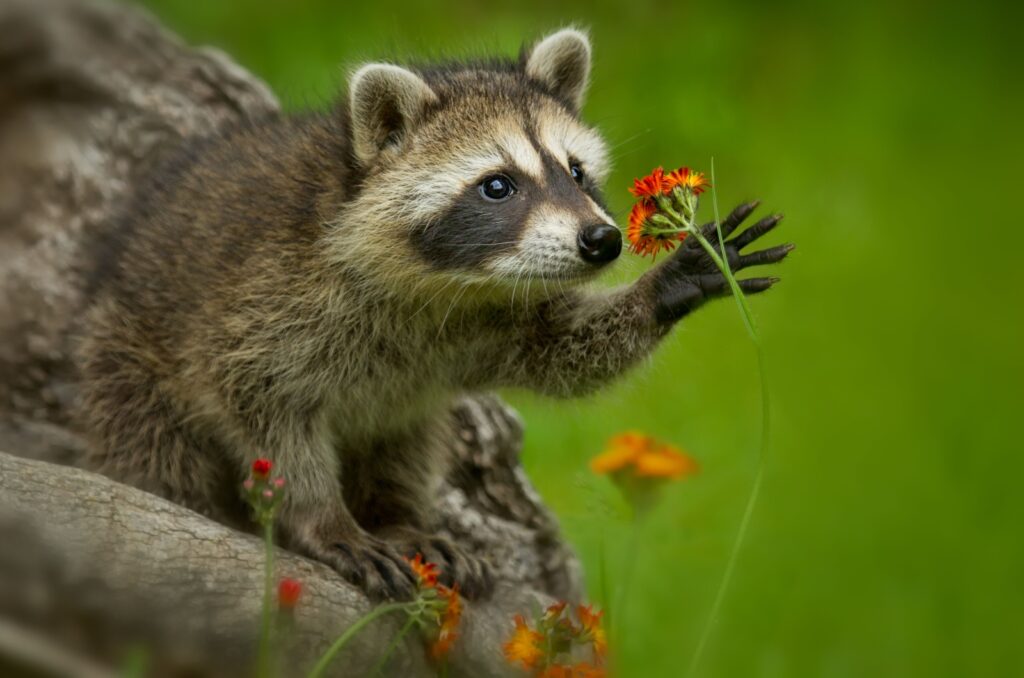
Raccoons, with their dexterous paws and mischievous nature, might tempt animal lovers, but they’re far from ideal pets. Known as escape artists, raccoons can open jars, doors, and latches, creating chaos in a home.
Beyond their destructive tendencies, they can carry diseases like rabies, which is why they’re illegal in many states. It’s best to let these clever critters stick to raiding trash cans outdoors.
4. Prairie Dogs – Underground Dwellers
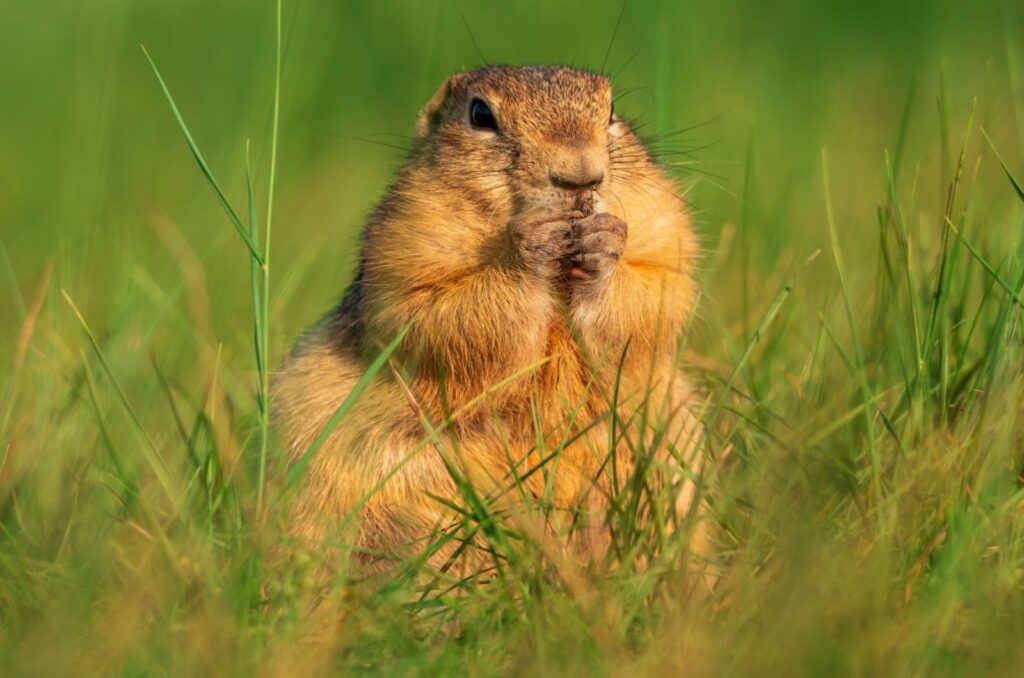
Prairie dogs are social creatures famous for their adorable “kisses,” where they touch noses to greet each other. While this behavior is heartwarming in the wild, their potential to carry diseases, including the plague, makes them unsuitable pets.
Add their digging habits, which can turn a yard into a crater-filled battlefield, and it’s clear why these burrowing buddies are best left in the grasslands.
5. Hedgehogs – Tiny But Tricky
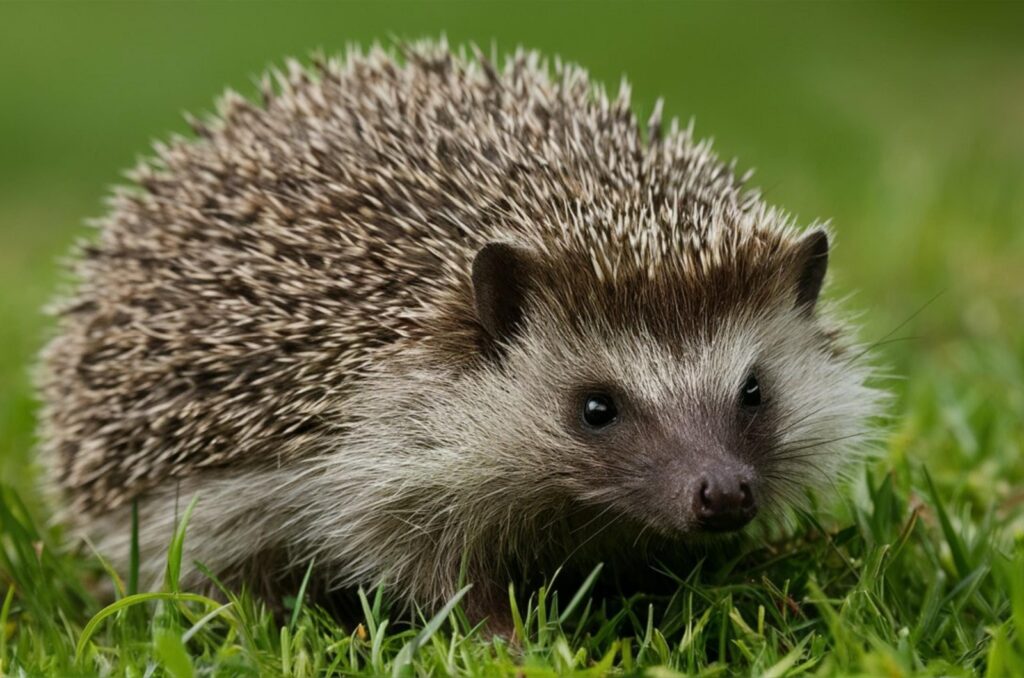
The sight of a hedgehog curled into a spiky ball is undeniably endearing, but their appeal doesn’t outweigh their risks.
Some states have banned hedgehogs due to concerns about their ability to spread diseases like salmonella.
Their spines, while an impressive defense in the wild, can also make handling them a challenge. Cute? Absolutely. Suitable for a cozy home? Not really.
6. Sugar Gliders – High-Flying Troublemakers
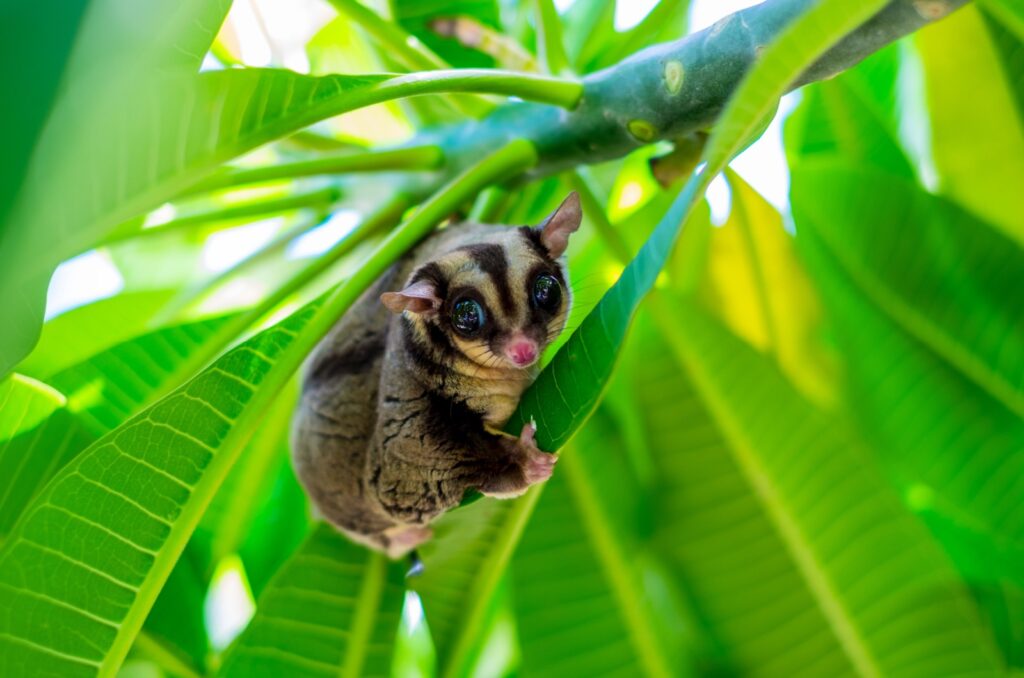
These small, gliding marsupials can soar up to 150 feet in a single leap – a feat that’s much better suited to their natural habitat than your living room.
Sugar gliders require specific diets and social interaction to thrive, and their exotic status means they’re illegal in several states. While their gliding antics might seem like a fun addition to a home, their needs often surpass what most owners can provide.
7. Slow Lorises – Cuddly But Dangerous
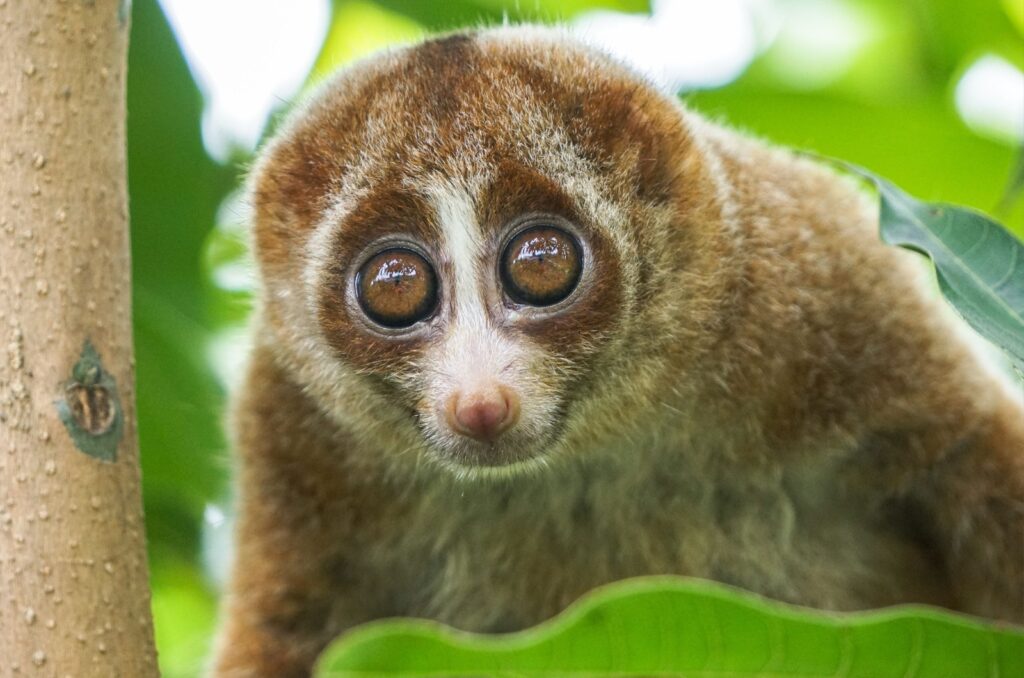
With their wide eyes and slow movements, slow lorises look like they’ve stepped straight out of a cartoon, but these creatures have a dark side.
They produce venom by licking a gland on their arm, turning their bite into a serious threat. Combined with their endangered status, this defense mechanism ensures they’re strictly off-limits as pets.
8. Komodo Dragons – The Giants Of The Reptile World
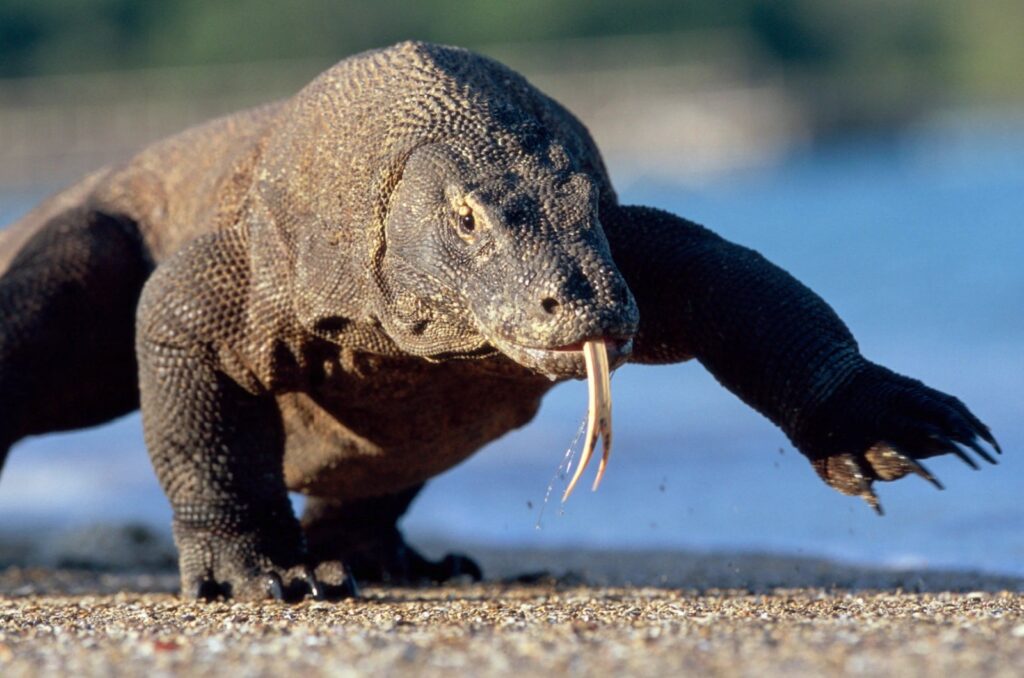
At up to 10 feet long and weighing as much as 200 pounds, Komodo dragons are the heavyweight champions of the reptile world. They’ve been known to take down prey as large as water buffalo, thanks to their venomous bite and immense strength.
It’s no surprise these formidable creatures are illegal to own, they’re better suited to their rugged island habitats than any backyard enclosure.
9. Foxes – Wild And Wily
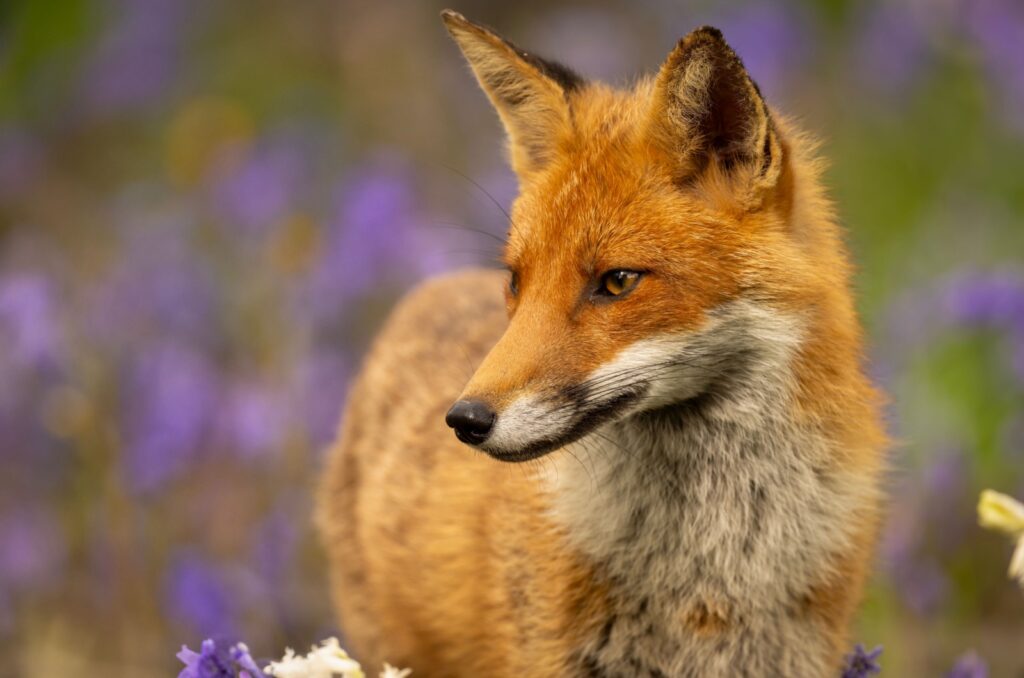
Foxes can “laugh” with high-pitched barks when they’re excited, which might tempt animal lovers to consider them as pets.
However, their unpredictable nature and potential to spread rabies make them a risky choice. While domesticated foxes exist in some parts of the world, most U.S. states prohibit them to protect both the animals and the public.
10. Coyotes – Nature’s Adaptable Survivors
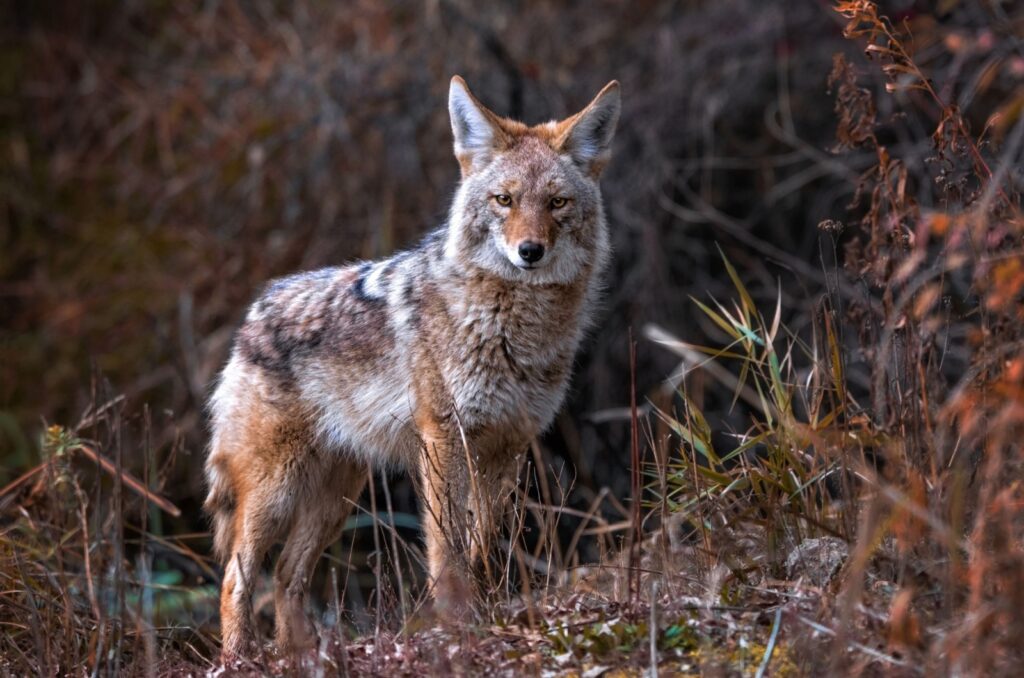
Coyotes are incredibly resourceful predators, capable of running up to 40 mph and thriving in a variety of environments. While their adaptability is impressive, it’s also why they’re illegal to keep as pets.
Coyotes require vast territories to roam and can pose serious risks to humans and domestic animals if kept in captivity.
11. Kangaroos – Bouncy But Not Backyard-Friendly
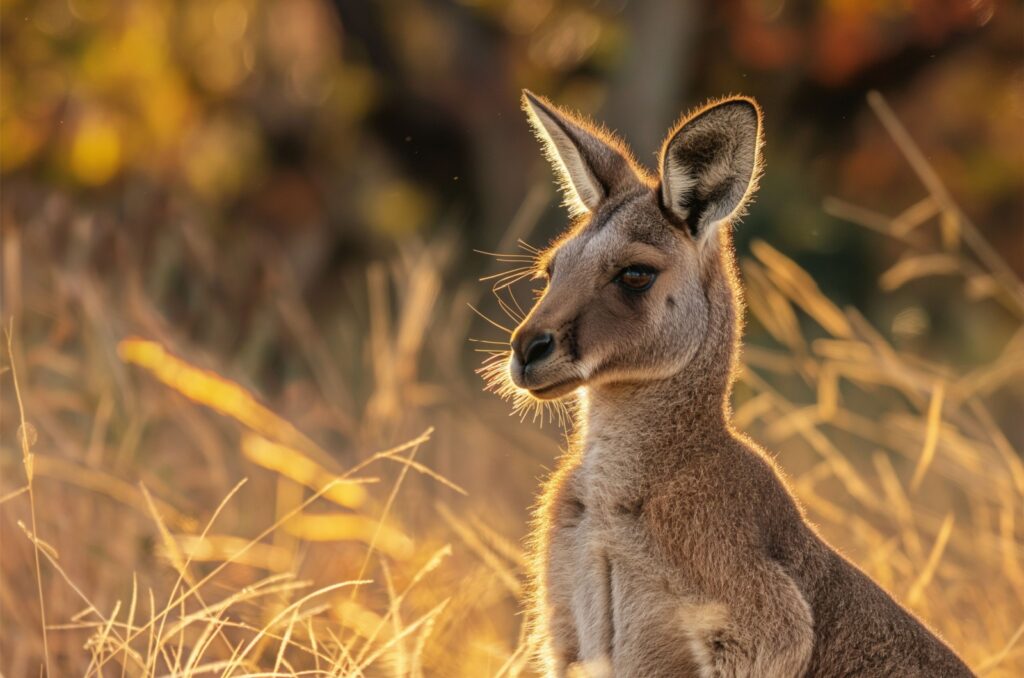
Kangaroos may seem like fun companions, but their powerful hind legs can deliver kicks with over 800 pounds of force – enough to cause serious injury.
These herbivores also require large, open spaces and a specialized diet, making them unsuitable for domestic life. It’s best to admire their iconic bounces from afar.
12. Ocelots – Spotted But Spirited
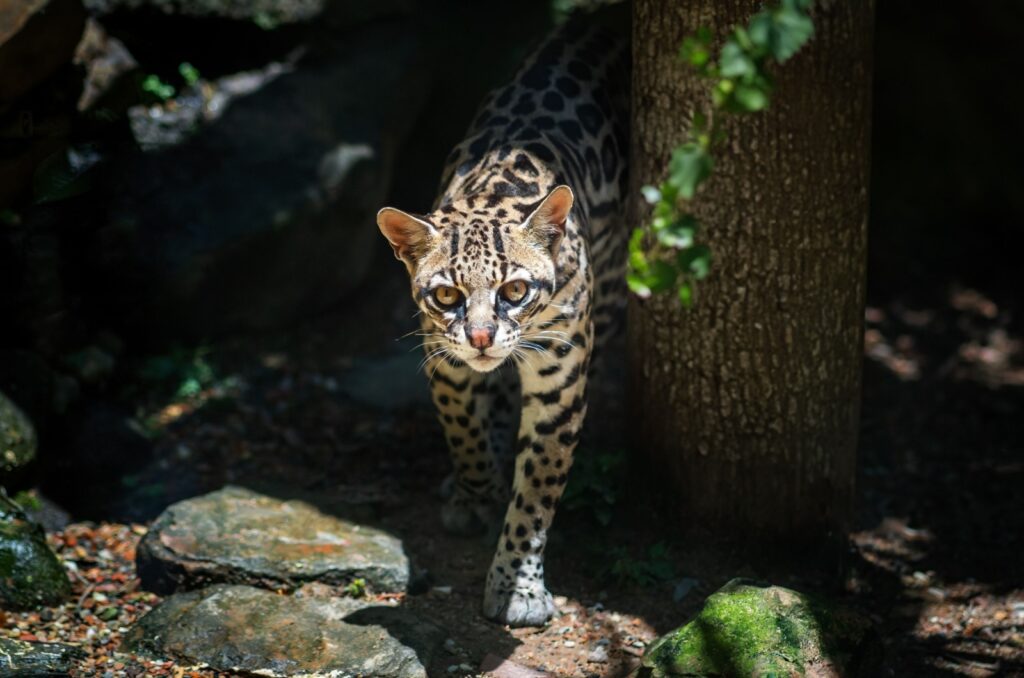
Once a trendy pet among celebrities, ocelots are wild cats with a fierce hunting instinct. They need large territories to roam and hunt, making them unsuitable for homes. Their sharp claws and predatory nature only add to the reasons they’re illegal in many states.
13. Sloths – Slow And Specialized
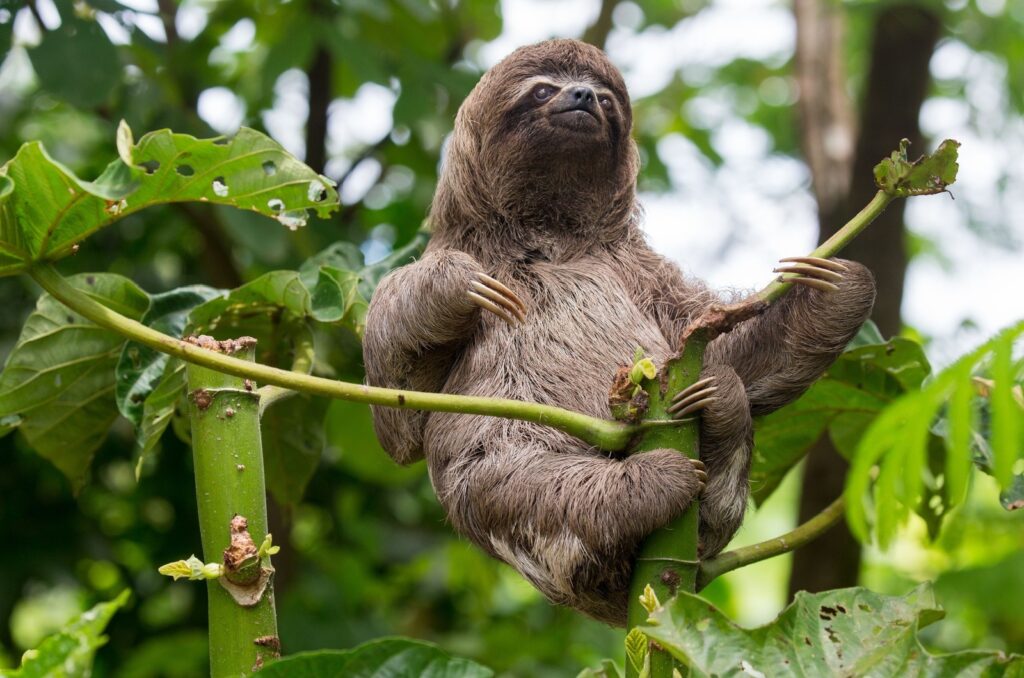
Sloths may look like the ultimate low-maintenance pet, but their slow metabolism and specific dietary needs make them a challenge to care for. They can take up to a month to digest a single meal, which is fascinating in the wild but impractical at home.
Their protected status further ensures they remain illegal as pets.

